Dr William Edgar is Professor of Apologetics at Westminster Theological Seminary, Philadelphia and Professeur Associé at the Faculté Jean Calvin, Aix-en-Provence. He isthe author of numerous books, including Created and Creating (IVP Academic, 2016).
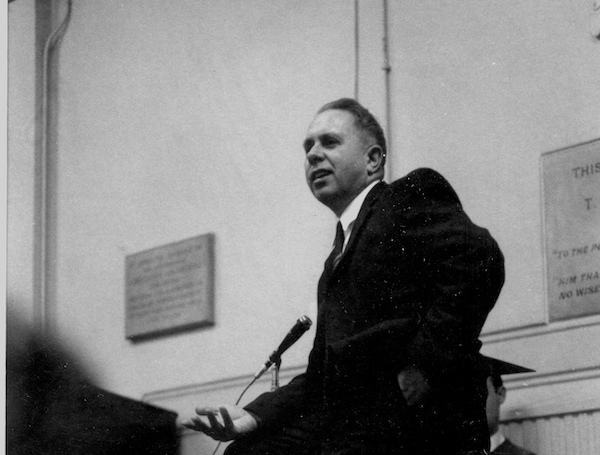
Hans Rookmaaker left us prematurely at the age of 55. It would seem he had so much more to give. Nevertheless, his legacy is solid, and many have carried on the burden of his thoughts. His devoted daughter, my friend Marleen, has accomplished the Herculean task, a labour of love, of editing and publishing his complete works.(1) They are astonishingly rich and diverse.(2) Covenant College has established a Rookmaaker Scholarship in Jazz Studies. The Dutch L’Abri at Eck en Wiel is as lively as it was when Dr and Mrs Rookmaaker founded it in 1971.
Rookmaaker’s vision has not been without some criticism even from his former students.(3) It is a badge of honour rather than a defeat. Professor Rookmaaker was a mentor and a friend. We spent many hours together which were formative for me as a young Christian. I am a jazz musician and his views opened my eyes to the connection between jazz and the gospel.
My assignment is to present 5 Reasons to Read Rookmaaker Today. This is not an easy task. There could be 25! But here is my best shot.
1. “He taught me to know what I was seeing. He taught me to look.”
This is what the children said about their Papa Rookmaaker.(4) And it is true for countless numbers of his followers. Rookmaaker took scores of students through museums, standing in front of paintings, sometimes for hours, guiding their eyes to see things they would not pick up right away. In his best-selling book, Modern Art and the Death of a Culture, he shows the viewer how to “read” a painting from left to right. In one memorable example, he argues that Rembrandt has solved the problem of being realistic yet carrying a proper interpretation. For example, he makes the point that in Rembrandt’s drawing of Christ on the Emmaus Road, the artist does not need a bright halo to underscore Christ’s divinity but uses the rhythm of disciple-to-Christ-to-disciple-to-house, drawing the eye to Christ through the cadence of the drawing.(5)
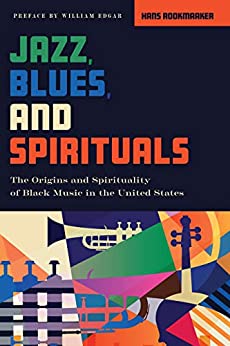
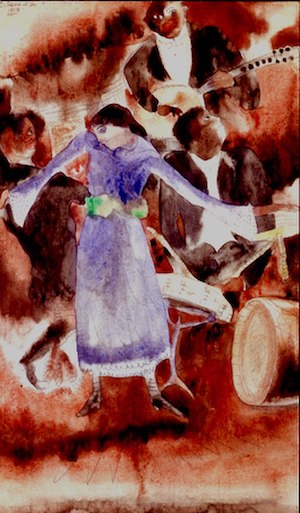
I have many fond memories of travelling with Dr Rookmaaker. We went through New England, and I loved watching him wax enthusiastic about Colonial architecture.
“Do you see how elegant and simple this Cape Codder is?” He loved the Tiffany windows in my parents-in-law’s home. At the same time, I well remember his disdain for anything cheap. He hated kitsch and almost enjoyed disillusioning someone who fell for that kind of art. So many Christians he encountered were ill equipped to make judgments about paintings. If you made the mistake of saying the painting was good because it was lifelike, he would scorn you as a “naturalist.” Or worse: “This is a photograph, not a painting.” (He may have underestimated the artistic choices photographers make!)
One anecdote, related by Linette Martin, is revealing. While standing, it seemed for hours, in front of a painting, Rookmaaker kept asking probing questions: What do you see? “It’s a crucifixion.” Yes that’s obvious, but what else is there? “The colours indicate meaning.” Yes but is there more? After a pause, Rookmaaker declares, “Well no, there is no more: this is a ‘silly’ painting. I just wanted you to see that. …”(6)
2. He saw links between various kinds of music and a worldview
Most important for me as a musician, he connected jazz and blues to the Christian message. His great book on the subject, Jazz, Blues and Spirituals, was originally published in Dutch in 1959. It was later translated into English.(7) Recently P & R Publishing wisely reissued this classic.(8) In addition, Rookmaaker wrote scores of articles on the subject.
This was not a purely intellectual matter for Dr Rookmaaker. He loved the music. As a young man he spent all his spare money on jazz records. His wife, Anky, once told me the music was on all day in their home. He focused on New Orleans music from the 1920s. He believed that subsequently jazz had become worldly and commercial. Worse, modern jazz had caved in to existentialist philosophy and lost its original African-American purity. While this historiography may be argued, what is clear is Rookmaaker’s extraordinary knowledge of musicians and styles most Americans have no idea about. Not only Louis Armstrong and King Oliver, but Clarence Williams and Barbecue Bob are highlighted.
The music that for many on both sides of the Atlantic was considered carnal and even immoral, he defended as profoundly Christian. One of his most moving comparisons is between the music of King Oliver and Johann Sebastian Bach. Both are calm, confident, yet melodic. The basso continuo is parallel to the rhythm section; the inner voices serve the same functions.(9)
One of my prized possessions is a number of his record jackets from the Fontana series with detailed liner notes on the featured players. He knew all about their lives and musical styles. I also have copies of his letters to American editors urging them to release records for Europeans. His meticulous devotion to promoting this art form is striking.
One of my favourite areas of Rookmaaker’s interest is the spirituals. He loved black quartets, such as the Spirit of Memphis, whose simple but profound renderings of biblical truths are still inspirational 70 years after they were recorded. He loved Mahalia Jackson, whom he was able to meet in 1960. He loved her song, I’m Going to Move on up a Little Higher with its words about heaven, where “It will be always howdy, howdy, and never goodbye.” It was played at his funeral.
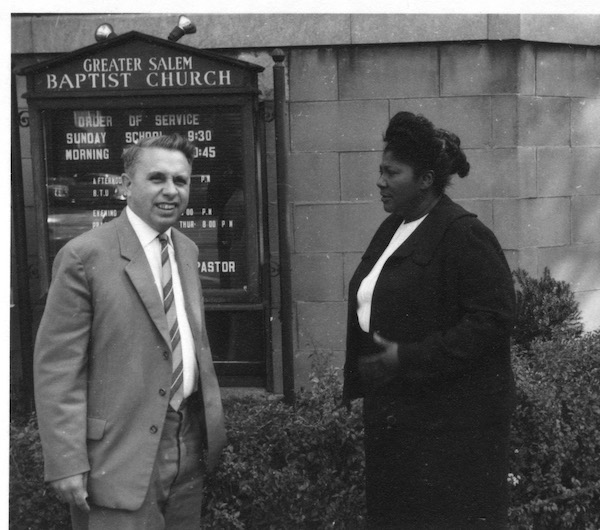
3. He was a friend and a mentor to many
He was certainly that to me. He wrote me many letters. He came to stay with us, and we talked into the wee hours. Particularly memorable was the music he used to send me when I led a jazz band. I have a cache of reel-to-reel tapes of wonderful music from New Orleans, with messages such as “you must try to sound like these.”
Dr Rookmaaker was a friend and a mentor to scores of artists. Invariably he tried to encourage them to “be yourself” and not feel undue pressure to evangelize. By the title Art Needs No Justification he did not just mean there was a place for making art in the order of creation.(10) He meant one did not have to make legitimate his or her profession because it was a platform for evangelism. He was fiercely opposed to such a utilitarian view of vocation. His marvellous book, The Creative Gift, includes a “Letter to Miss Stephenson” telling her to pursue her work to God’s glory without feeling undue pressure to convert people.(11)
Numerous artists considered themselves his sons or daughters. Many of them began with him at the Free University of Amsterdam (the VU). One of the most prominent is John Walford, who went on to teach art history at Wheaton College, in Illinois. His courses covered a wide range of subjects. He wrote a most useful introductory guide to painting, Great Themes in Art.(12) Following his teacher’s inspiration and improving on it, Walford introduces students to what they need to see about paintings in order to plumb their depths. Walford is perhaps the world’s specialist in the Dutch Golden Age landscape artist Jacob van Ruisdael.(13) This richly illustrated study reflects on the clear way van Ruisdael portrays the world through a biblical lens, including the glories of the scenes and the threatening darkness of its fallenness.
Peter Smith was another devotee of Rookmaaker. He is a wood engraver and a relief printmaker. Smith remembers his first visit to Birmingham College of Art in 1967. Smith recalls being ready to abandon the arts to go into “ministry” when Rookmaaker persuaded him to stay with it. Later, he remarked, “I now recognize the wisdom in Rookmaaker’s approach. In a situation where he felt Christians had not engaged in the arts it was clear we were some way behind and that it would take time, if not generations, to catch up. Solution: get as many Christians engaged as possible. Out of that, by God’s grace, something worthwhile might emerge.”(14)
Several other notables became Rooky’s friends and enthusiasts. Paul Clowney has testified of the influence of the master on his life. Importantly, William Dyrness came under his sway. His book on Rouault: A Vision of Suffering and Salvation is a masterpiece.(15) Last, but not least, Graham Birtwistle, who originally clashed with Rooky, ended up on the faculty of the VU. He is an expert on the COBRA movement and “primitivism” in art. The curator of drawings at the Getty Museum outside of Los Angeles came under Rooky’s sway. And the list goes on.
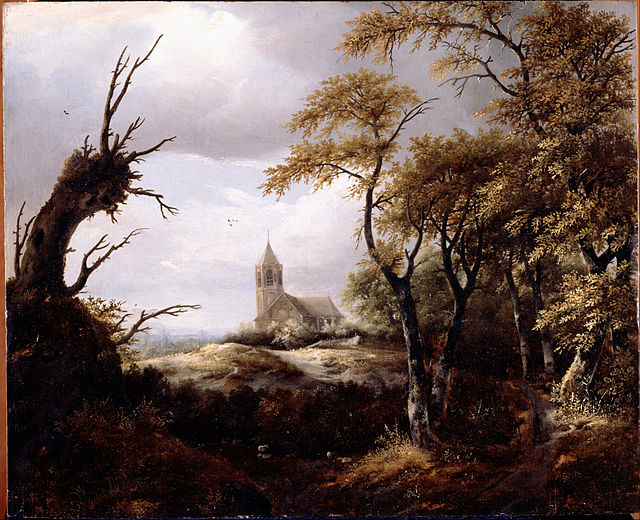
4. God’s hand in history
It is hard to find a single theme that drove Rookmaaker through all his investigations. But if there were one it would have to be the meaning of history. And in particular it was about the perception of God’s hand even though God “provides the only proper foundation for the life of a society.”(16) I say then, perception, since many of Rookmaaker’s concerns about history were focused on believing that God was at work despite certain appearances. In his sustained critique of the Enlightenment mentality, he warns against merely trusting our senses, according to natural reason. He argues that the biblical notion of truth must include acknowledging the work of God, which is not always directly visible.
One of the themes in his view of history is judgment and redemption. Over and over again, Rookmaaker explains that the trials and hardships of this world are not all caused directly by our foolish actions. They may be so, indirectly. But God proffers his judgments on the world not as a contradiction of his redemptive purposes, but in keeping with his loving designs.(17) Rookmaaker’s articles are full of biblical references, particularly to the psalms and the prophets, though he devotes considerable space to the book of Revelation. It may come as a surprise to some to encounter such a rich familiarity with Scripture from someone whose profession was art historian. He saw the history of art as a reflection of the history of philosophy, which in turn was historically conditioned.
It is more than likely that many of Rookmaaker’s concerns emerged out of his experiences of imprisonment, and of the fate of the Jews during the Shoah. His love for the Jewish people came from several sources, not least of which was his affection for Riki, a young Jewish woman, whom he led into an understanding of the entire Bible, Old and New Testaments alike. She died at Auschwitz, one of the great sorrows of his life. His analysis of the role of God in history, and the faith of believers, is well worth reading today.
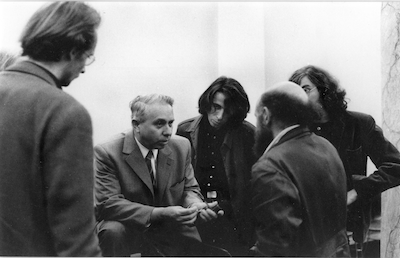
5. Curiosity about life and people
This quality is one of the most difficult to write about, and yet is one of the most important, and indeed memorable, of Rookmaaker’s virtues. There is irony here. Hans Rookmaaker was shy and reserved. He was not exactly gregarious. Yet he was fascinated by life and by people.
His curiosity about African American music was insatiable. It is true that he saw in this cultural production a critical contrast to the surrounding “bourgeois” society. Thus, there were philological justifications for the music he promoted. But this should not mask the fact that he just loved it and couldn’t get enough of it. And that from someone who was reputed to be tone-deaf! If you were invited into his home for an evening you might have to listen to Jelly Roll Morton over and over again.
He spent countless hours perusing every style in the history of art. Every day he found ways to retreat into his office and pore over his books. He was a regular at all the important museums and knew the location of the different works better than the docents.
He travelled extensively and, in each place, met new and interesting people. He was fascinated by “all sorts and conditions of men” and women!! Nothing remotely suspicious, but many women found him to be a father figure and sought his counsel.
One of Rookmaaker’s most provocative, yet helpful remarks was this: Jesus did not come to save people but to make them human. We know what he meant. When he died, one of his InterVarsity friends summed up his life and work: “It is wonderful how God can use someone so human.”
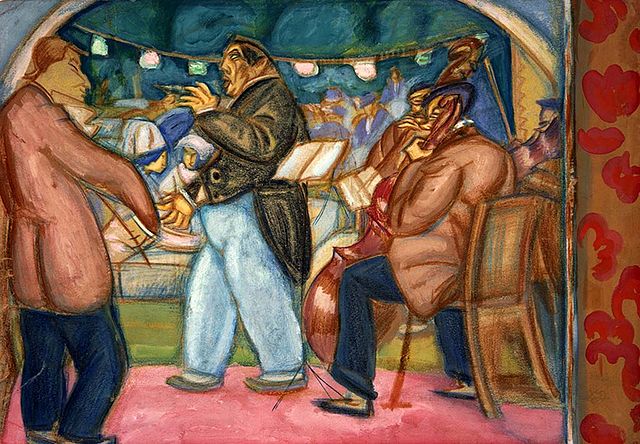
Individual volumes ofThe Complete Works of Hans Rookmaaker, published by Piquant (https://piquanteditions.com), are available through Amazon, in theUSA and the UK.
The editors are grateful to Marleen Hengelaar-Rookmaaker and Pieter and Elria Kwant for supplying the HRR photographs. They acknowledge, with thanks, permission to reproduce them from the following copyright holders: Marleen Hengelaar-Rookmaaker, Sylvester Jacobs and John Walford.
The Kirby Laing Centre for Public Theology in Cambridge. Charity registered in England and Wales. Charity Number: 1191741
Kirby Laing Centre, The New Mill House, Unit 1, Chesterton Mill, French’s Road, Cambridge, CB4 3NP
© 2022 The Kirby Laing Centre for Public Theology in Cambridge